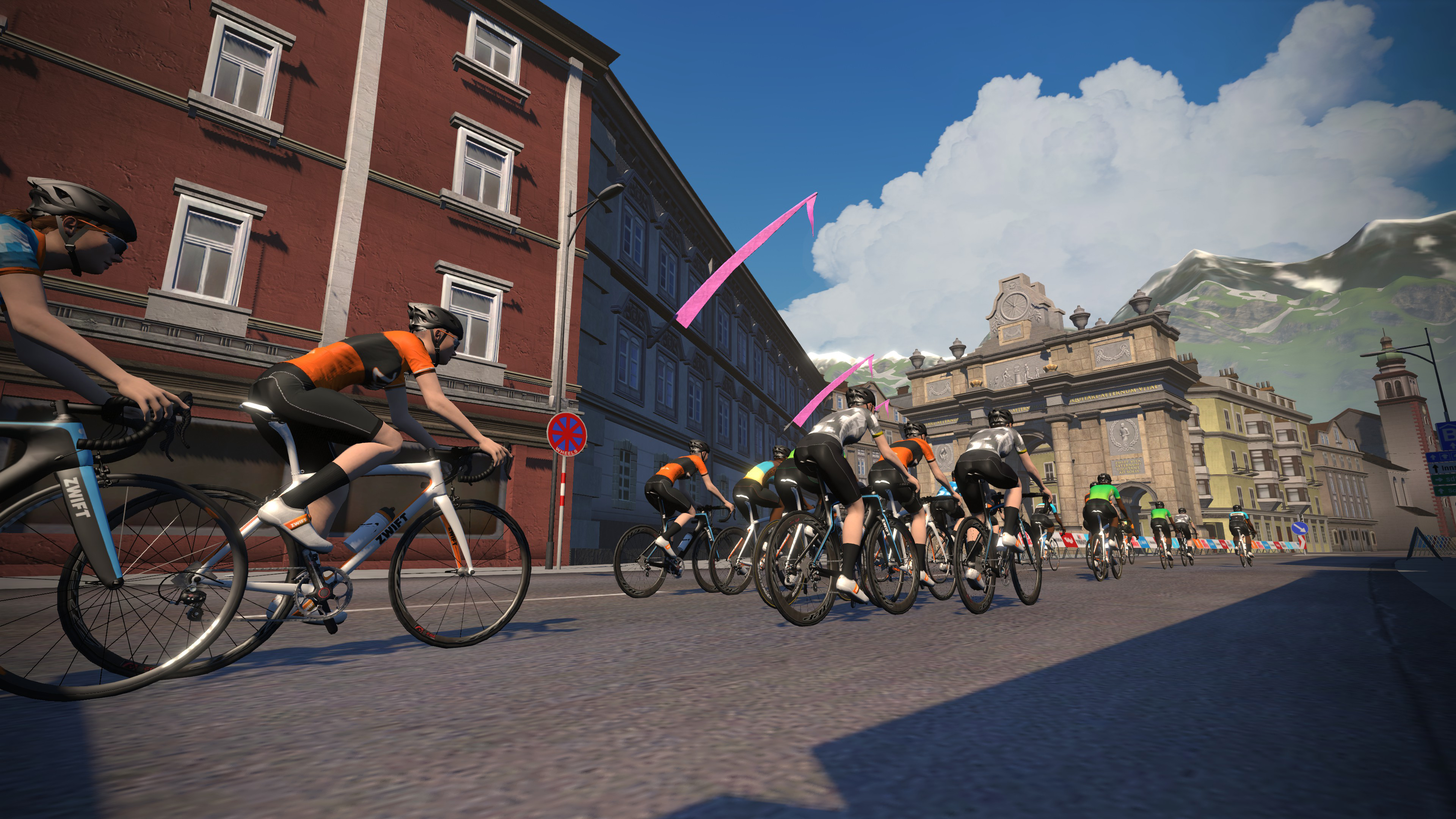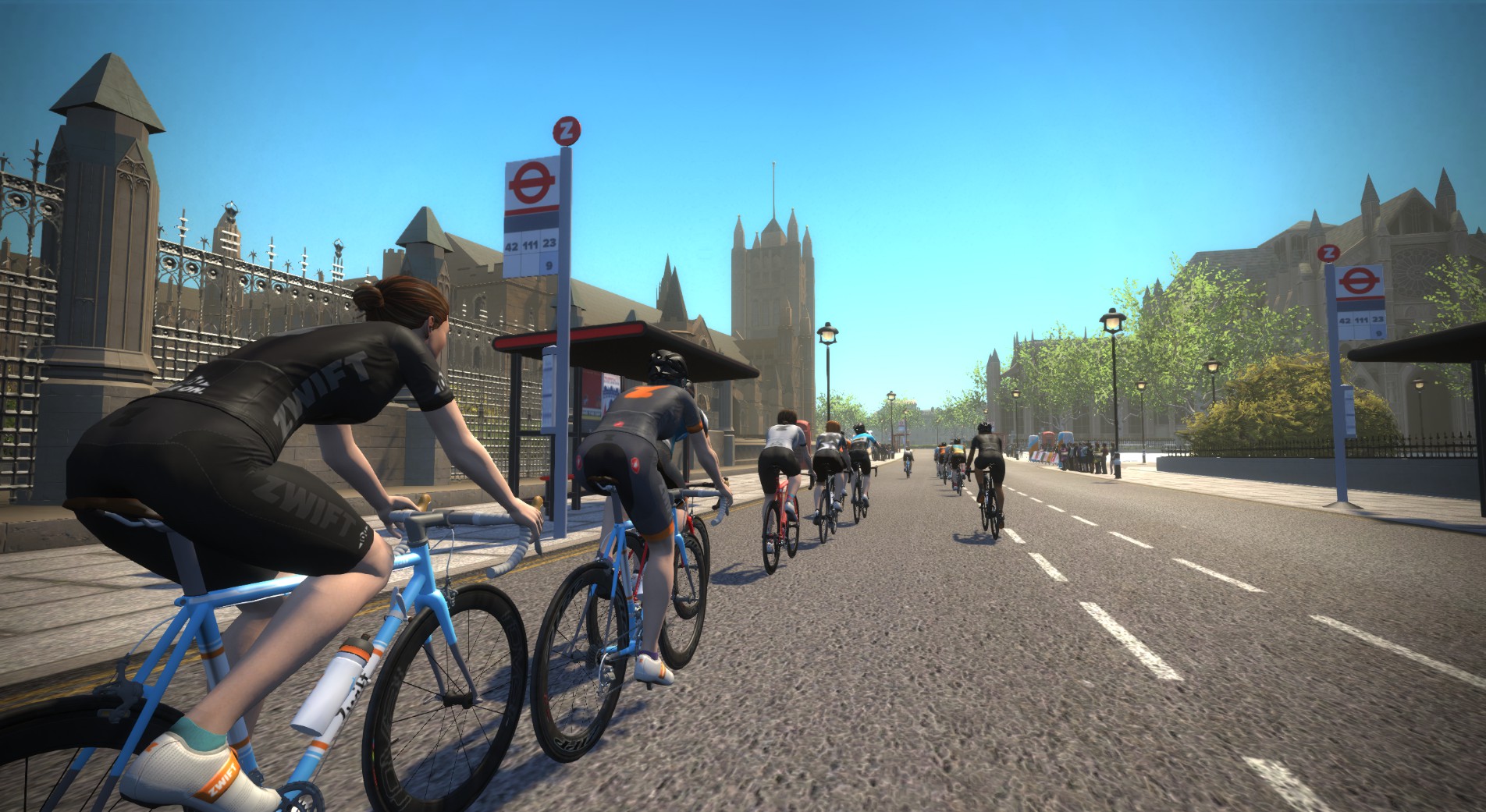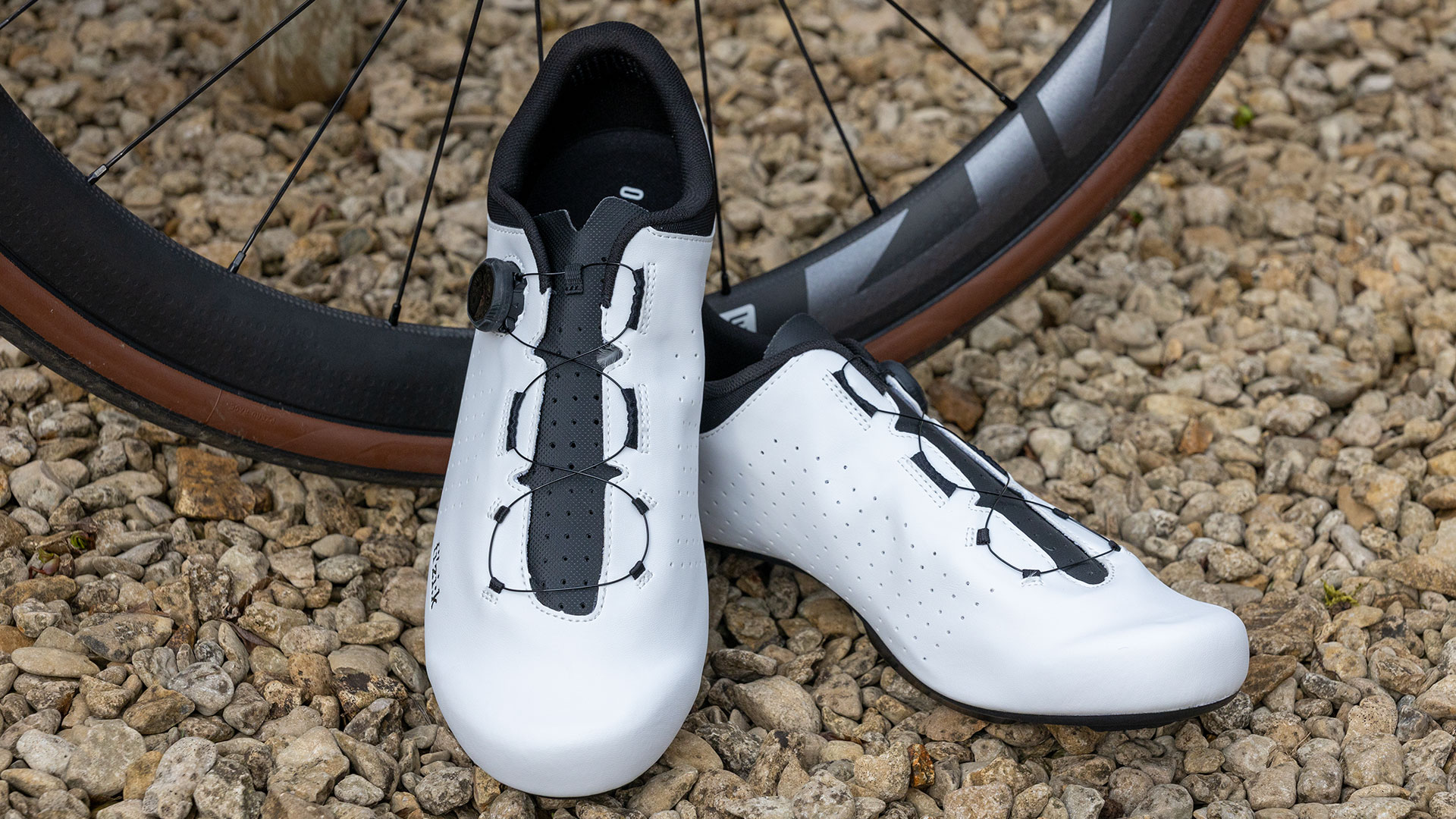We rode indoors for six hours - this is what happened…
Cycling Weekly set coach Deena Blacking a cruel challenge...

When Cycling Weekly asked me to ride for six (yes, SIX) hours on Zwift, my initial thought was, “That’s a terrible idea!”.
Like most normal humans, my commitment to the indoor cause usually dies a swift death after 90 minutes. But like any competitive sportsperson, I love a challenge. “Why not?”, I thought. I’ll give it a go. It’s basically like cycling a Monument, but on Zwift. What’s the worst that could happen?
Planning a long indoor ride
Riding for six hours on Zwift requires more planning than your average Zwift ride.
The most obvious first question is, what Zwift set up should you use? When I first started cycling indoors, I bought Cycleops rollers with resistance; the requirement to stay upright makes the experience more engaging mentally and physically. However, six hours on rollers didn’t sound like a good idea. My friend, Matt Stamatis, offered to let me use his Zwift cave, replete with Kickr, fan and table.
The second obvious question is, how hard do you ride? A six-hour ride is firmly in the realms of aerobic endurance. I planned to keep cadence reasonably high and sprinkle in some short efforts to spice it up and give my body a break from the monotony.
For nutrition and hydration, I planned to keep it simple - bananas, rice cakes, and water. An aerobic endurance effort doesn’t need simple sugars (like gels and sports drinks). I didn’t anticipate sweating buckets either, so the need to replace salts was minimal.
Six hours indoors: In numbers
Food and drink consumed: 6 bananas, 4 rice cakes, 3 slices of toast with almond butter, 3 water bottles, 1 flask of tea
Performance averages: Watts/kg: 1.63, 53% of FTP, Cadence: 81, Heart rate: 125
Performance totals: 6hours 2min 55 seconds, 112km in Watopia, 2306 kJ work
Breaks: 1 x toilet, 2 x snack retrieval
Another key part of the preparation was enlisting some support. Friend and ex-pro, Keira McVitty, offered to be my swannie/support/cheerleader for the day. She was also quick to quick to remind me that it’s essential to get out of the saddle at regular intervals to prevent getting a sore behind, or saddle sores. As McVitty highlights, indoor riding is very static. The lack of movement and engagement of muscles (other than your legs!) can take a large toll on the body. This was my biggest concern going into the ride.
Get The Leadout Newsletter
The latest race content, interviews, features, reviews and expert buying guides, direct to your inbox!
Finally, there was the mental preparation. Six hours of aerobic endurance isn’t challenging per se. But six hours of the same vista? That’s a different story. That’s a huge challenge of mental endurance. I decided to mentally carve the ride into 3 x 2-hour blocks, and only focus on each block at a time. I would ride the longest route on Zwift and make sure that I had a good playlist on Spotify. What could possibly go wrong?
How to survive thrive for six hours cycling indoors

The first hour was a breeze. The second hour was pretty good too. By hour three, I was getting bored of music and switched to listening to a podcast (The Science of Ultra, episode 143 with Keith Baar). I was also very lucky to have nutrition support from McVitty (although no biscuits, sadly). Jokes aside, the social support both in real life and Watopia was a highlight. As the fourth hour approached, I was starting to grow weary. Then a friend, Lucy Moore, joined me on Zwift from her own pain cave! Her timing was impeccable. For the next hour, I had someone to chase, someone to keep me company, someone to make sure I was paying attention. The value of company on a ride, whether virtual or in real life, is never to be underestimated.
In the final two hours, physical discomfort was becoming a real thing. My left foot was uncomfortable. My body felt stiff from being on the bike for so long. I started to change it up more often with my position. I stood up for longer periods. I eventually found myself riding in an upright style that I would never do in real life - I looked more like a gym goer on a step machine than a cyclist!
Despite the discomfort and the epic boredom of staring at my laptop for more than 5 hours, the final 45 minutes felt quite easy. I chucked on a Christmas song playlist and started singing along. I found myself entering a slightly deranged, euphoric state – the end was in sight! As the final minutes approached, I stuck Chariots of Fire on full blast and rode to the finish in style. McVitty and Stamatis were there, cheering me on, like true champions.
Lessons from a six hour indoor ride

Three days have passed. What lessons can I take from the experience?
1. Have variety in food: I wanted to keep it simple but I didn’t contemplate getting food fatigue. I was pretty bored of rice cakes by rice cake number three.
2. Find ways to stay engaged: Shortly after I started, I realised that I’d failed to give myself enough structure or social interaction to make it engaging. This was a big mistake. I was very lucky that Lucy turned up at hour four!
3. What’s the goal? Turbo allows for really mindless riding that may not even replicate cycling. A stationary trainer allows for some really lazy and poor habits. Posture can be as bad as you like; you don’t need to pay attention to anything; you can even be lazy about pedalling technique – the only thing that feels like it matters is the watts in the top left of the screen. If you’re training indoors, be clear about what benefit you hope to derive from it.
As a coach, do you recommend a six hour Zwift ride?
If you needed to get in endurance miles and you can’t go outside, Zwift is an obvious choice. But six hours continuously is not something that I would recommend unless you are a total machine and/or you have no other option.
Deena Blacking is a cycling coach and sports consultant at drivetrain.cc

Thank you for reading 20 articles this month* Join now for unlimited access
Enjoy your first month for just £1 / $1 / €1
*Read 5 free articles per month without a subscription

Join now for unlimited access
Try first month for just £1 / $1 / €1
Deena Blacking is a cycling coach and sports consultant at drivetrain.cc
-
 Man hands himself in to Belgian police after throwing full water bottle at Mathieu van der Poel during Paris-Roubaix
Man hands himself in to Belgian police after throwing full water bottle at Mathieu van der Poel during Paris-Roubaix30-year-old was on Templeuve-en-Pévèle cobbled sector when television pictures showed the bottle hitting him in the face
By Tom Thewlis Published
-
 Fizik Vento Omna Wide shoe review: Yeti sneakers for those pedalling on a budget
Fizik Vento Omna Wide shoe review: Yeti sneakers for those pedalling on a budgetBroadly recommended for those of us with flipper feet
By Simon Fellows Published